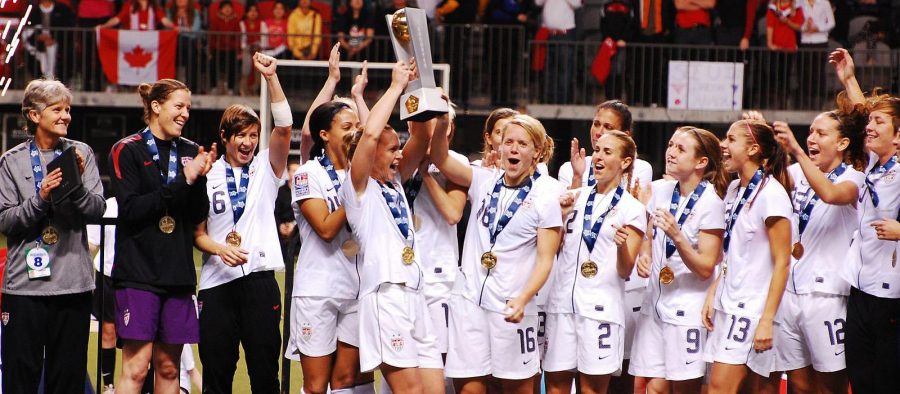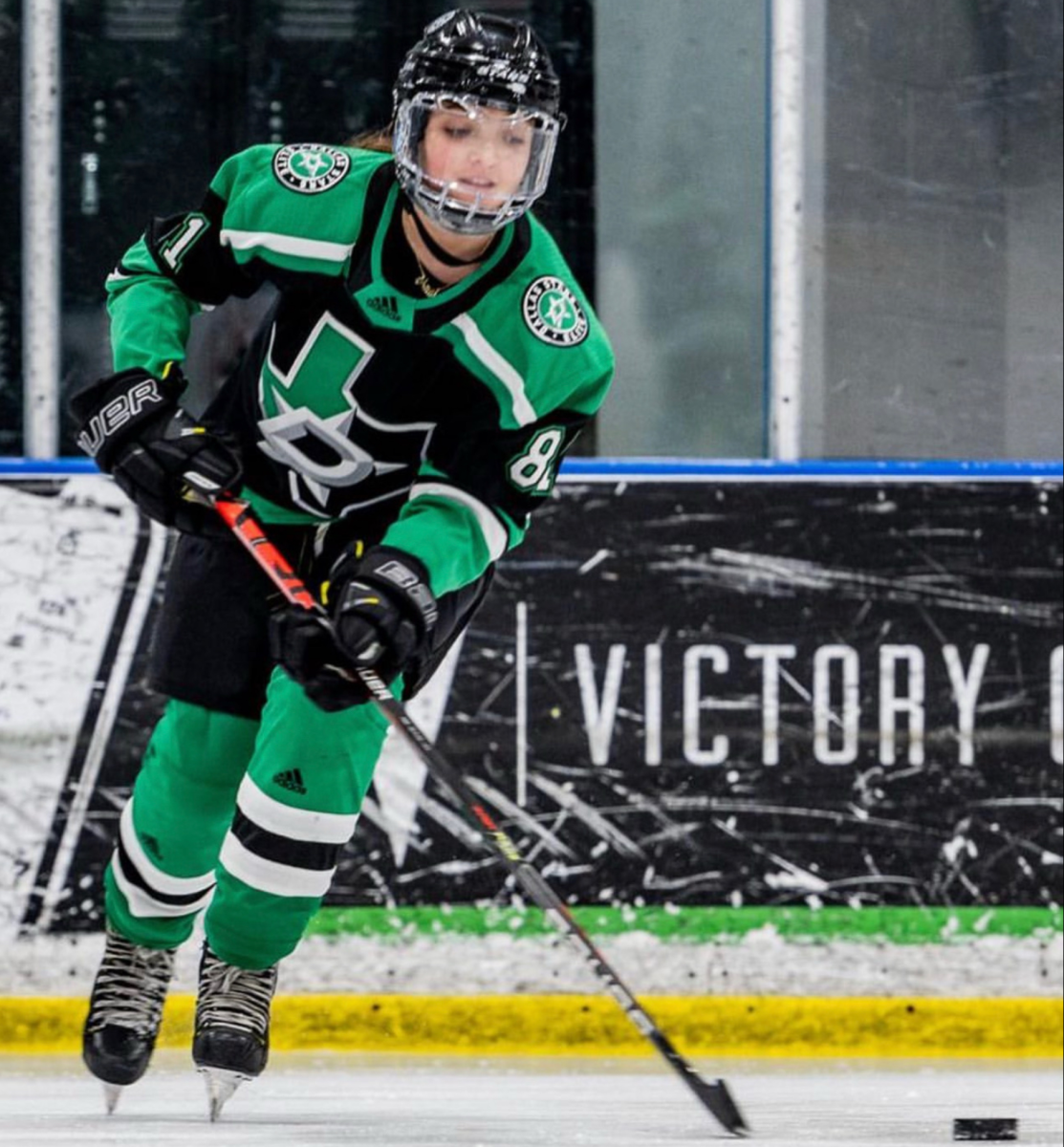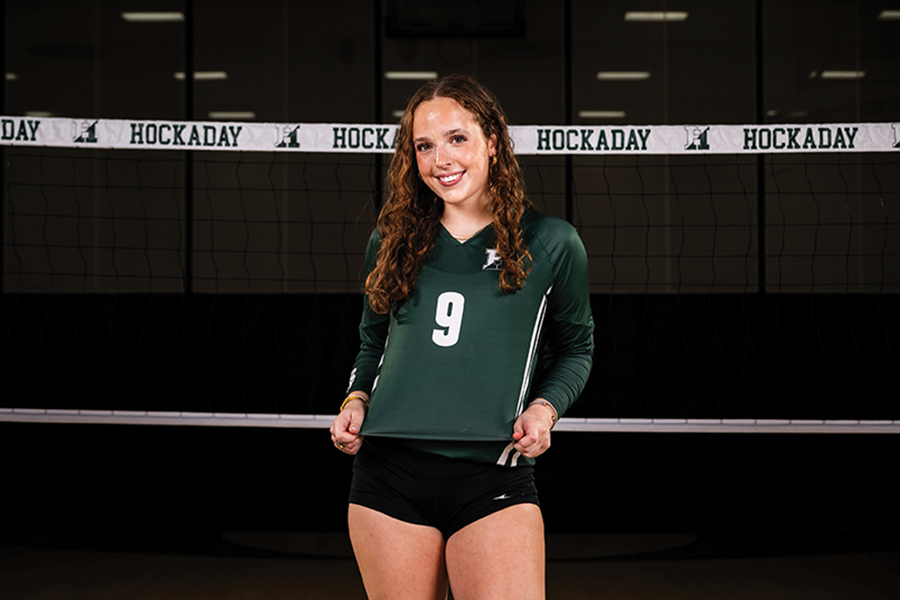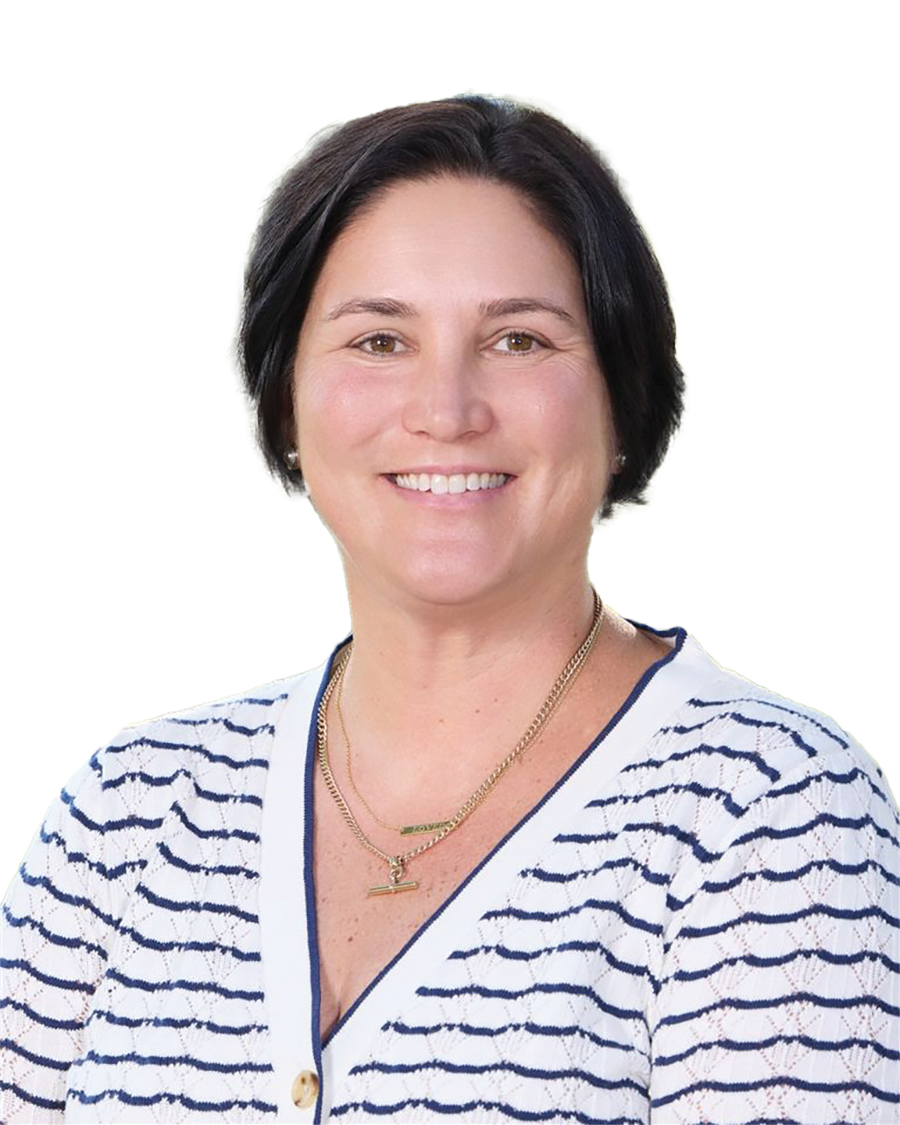On March 31, 2016, members of the United States’ Women’s National Soccer Team filed a lawsuit against U.S. Soccer for the wage gap between them and their male counterparts. These inconsistencies between men’s and women’s sports do not only exist in soccer, but also basketball, golf, softball and hockey.
The lawsuit—filed by standout athletes Carli Lloyd, Hope Solo, Alex Morgan, Becky Sauerbrunn and Megan Rapinoe—outlines the disparities in the respective teams’ payment versus their international success. Since the 2000 Summer Olympics where the U.S. men placed fourth, the U.S. women have won one World Cup and three Olympic gold medals, while the U.S. men have not passed neither the Group of 16 round in the World Cup nor the Group Stage in the Olympics.
“[The U.S. Soccer Federation] initially projected a combined net loss for the national teams of $429,929,” the lawsuit states. “But thanks almost exclusively to the success of the WNT, the Federation now projects $17.7 million profit in connection with these teams.”
Sophomore Shelby Schultz, who has seen wage discrimination first-hand through her passion and love of the WNBA, believes that the women make a necessary point.
“They are making more revenue than the men are so they should have bigger contracts. The only reason the contracts could be justified in imbalance is if the men won more or had more viewers,” Schultz said. “But the women win more and have more viewers, so they should make at least the same, if not more money.”
While the U.S. Women’s National Team has seen their popularity rise due to their success at the international level, many other sports whether at the professional or collegiate level fail to grace the television of the American public, even if they break records that defy gender boundaries.
In early April the University of Connecticut’s women’s basketball, led by the number one pick in the WNBA Draft, Breanna Stewart, capped off a perfect season by winning their fourth consecutive and coach Geno Auriemma’s 11th NCAA National Championship.
Hockaday’s Director of Athletics Tina Slinker believes that the general American public has started to recognize women’s sports more has a result of UConn’s dominance.
“I think that is one place where we have really closed gap,” Slinker said. “I feel like they have gotten a lot of publicity and that people know who they are. I do not know if women will ever match the same way men do, but I do feel like they are really starting to have an impact.”
Stewart and her fellow teammates, Morgan Tuck and Moriah Jefferson, will now move onto the WNBA, after all being drafted in the top three, but there is an even larger gap that exists between the WNBA and its male counterpart—the NBA—versus the U.S. women’s national team and the U.S. men’s national team.
According to Vice Sports, since its conception in 1996, the WNBA has recorded a lower attendance, a lower viewership, a lower number of teams and a lower salary cap than the NBA. This results in a more negative attitude from the general public, who enjoys watching the men play, according to Schultz.
Last year during the WNBA Finals (which take place in October compared to the NBA Finals in June), Schultz wrote a letter–addressed to no one in particular and never sent anywhere–that outlines her frustrations with the public’s attitude towards both her favorite players and sport.
“It’s really sad how when I’m online, trying to get excited about a great championship run by women in my favorite sport, there is so much cruelty,” she wrote. “It really disappoints me that women who work so hard in their sport are disrespected so much and so often by people who don’t watch them play.”
According to Slinker, the Dallas Wings—the newest team to the WNBA—has already started to try and change this outlook.
“It is very interesting how hard the Wings are trying to promote the women,” Slinker said. “I think, unfortunately, a lot of the time women are promoted more by the way they look. You look at the sportscasters on television and they are stunning.”
Additionally, Slinker believes that through their community outreach the Wings’ are truly trying to inspire girls across both Dallas and Fort Worth.
“I think women have to reach out more to have an impact. The Wings are even trying to get the players out to meet some young girls,” Slinker said.
While there are attempts to make women’s sports more prominent to the public, inconsistencies still exist and will continue to exist until both the teams and leagues are completely established, according to Slinker.
“I was involved with the first professional women’s basketball league and until it attached itself to the NBA, they had a hard time being successful,” Slinker said. “It takes a lot of time. Title IX was in 1979 and look at where we are now. It has taken a long time.”
– Katie O’Meara – Asst. Photo and Graphics Editor –












